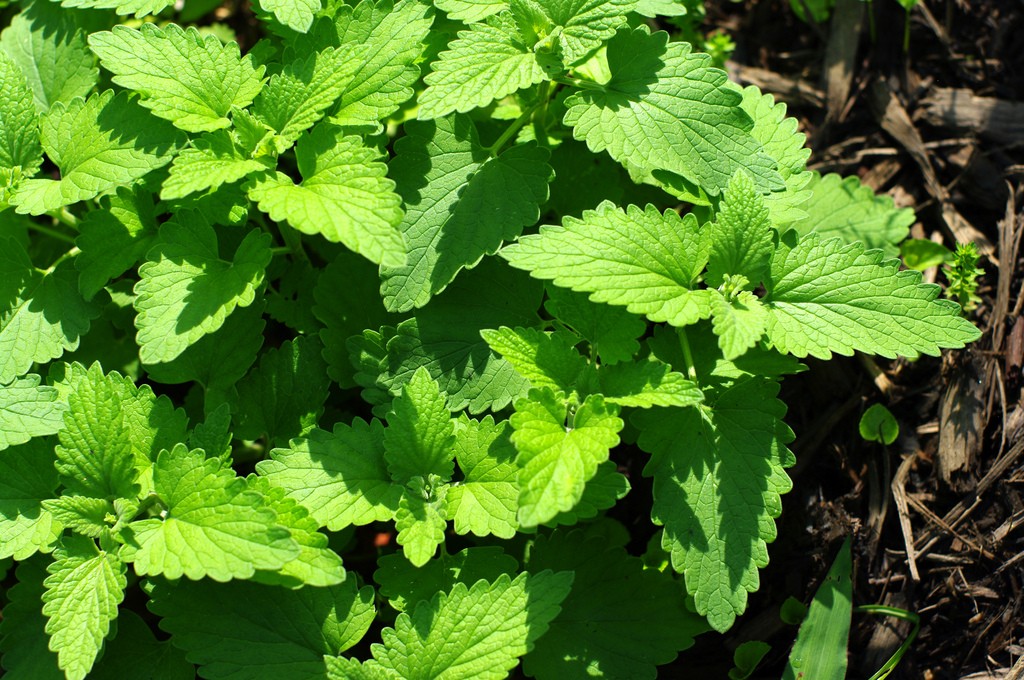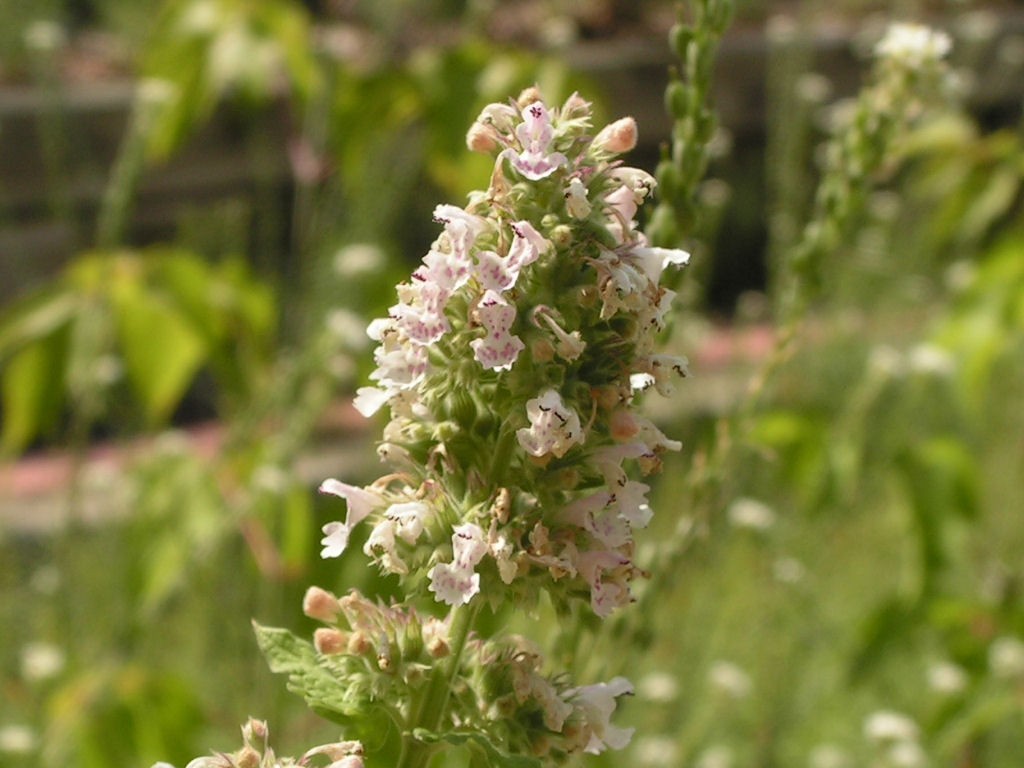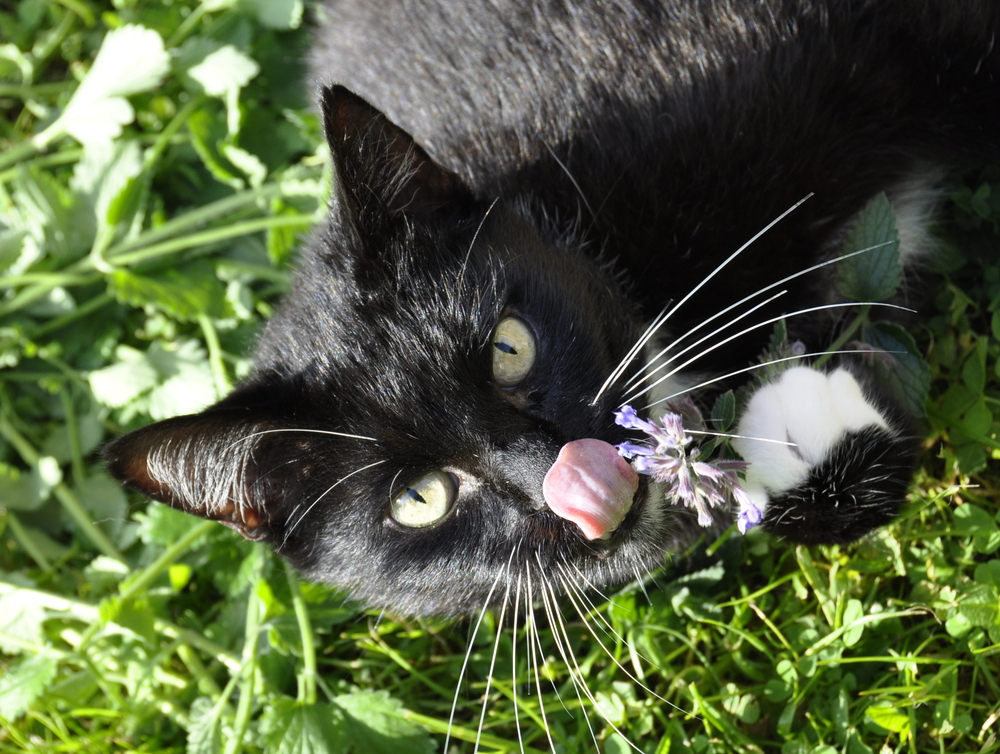Your cat is a catnip fanatic. You just have to take out a bottle of the stuff, and he’s at your feet purring and begging. Sure, you could buy your catnip (remember — the fresher, the better).
But your cat is an Adventure Cat, and this is a call for adventure: You can go forage for your own catnip.
Catnip is a member of the mint family, and like many other mints, it grows and spreads like a weed. That means you can likely pick some without worry — chances are, no one will miss it. Even better, catnip plants will continue to grow back if you leave the roots intact, so clip the plants just above the ground and you’ll be able to keep coming back to your own little patch of wild catnip.
A few disclaimers for responsible adventuring
- Only forage in areas you know have not been treated with herbicides or pesticides.
- Don’t pick anything on protected land or private property even if it is just a weed. Or simply ask for permission first.
- Don’t let your cat eat anything until you’re absolutely sure you’ve found the right plant.
With that out of the way, let’s head out!
Where to find wild catnip
Catnip grows all year long and is not picky about the kind of soil it grows in. In fact, you’ll often find it thriving in poor soil conditions. Catnip loves sandy or gravelly soil and full sunlight, so look for it in places such as railroad tracks, around open meadows and fields, along fences and old houses, near streams, and in other areas you’d expect to find weeds.

Photo: Isaac Wedin/flickr
What to look for
There are several species of catnip, but they all share characteristics and differ mainly in the color of the flowers. Catnip is grayish-green and can grow up to three feet tall. Look for jagged, heart-shaped leaves and thick stems that are both covered in fuzzy hairs.
The best time to search for wild catnip is between July and October when the flowers are in bloom. Catnip flowers bloom in large clusters at the tops of the plants and look like little tubular mouths. Flowers are usually a bright white color, but some can be fully or partially violet. (Cats love the pure white kind the best.)
Your cat will probably react to the catnip before you do — wild catnip tends to be more potent than the kind you can buy from farms. Before you let your cat go to town on the plants, you can do one final thing to make sure you’ve got the right herb. Smell it! Pinch off a leaf and give it a sniff. If it smells minty, you’ve found catnip.

Photo: Wikimedia Commons
You’ve found catnip. Now what?
Catnip has a more potent effect the fresher it is — that’s why catnip-filled toys run out of oomph in the open air so quickly. You and your cat can set up camp and enjoy the plants right there in the fields. If you plan to take some home with you, remember to cut the stem instead of pulling out the roots.
Once you’re home, you can enjoy your spoils as much as your cat will. Just add some leaves to your salad or tea for a refreshing minty twist. (Yes, it’s safe!)
You can also dry out the catnip for later use by hanging it upside down in a dry, shaded place for a week or two.
Happy adventuring!
This guest post was written by our furiends at Tabby James.




